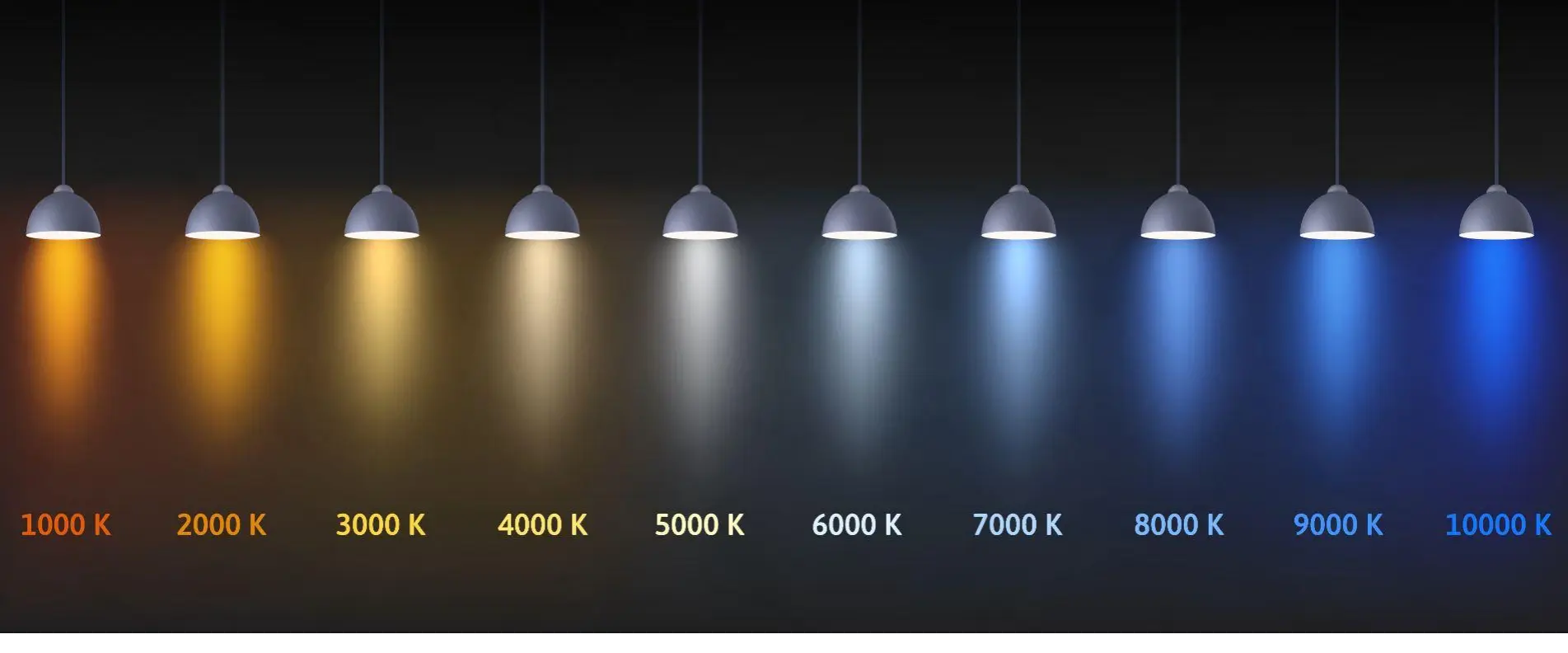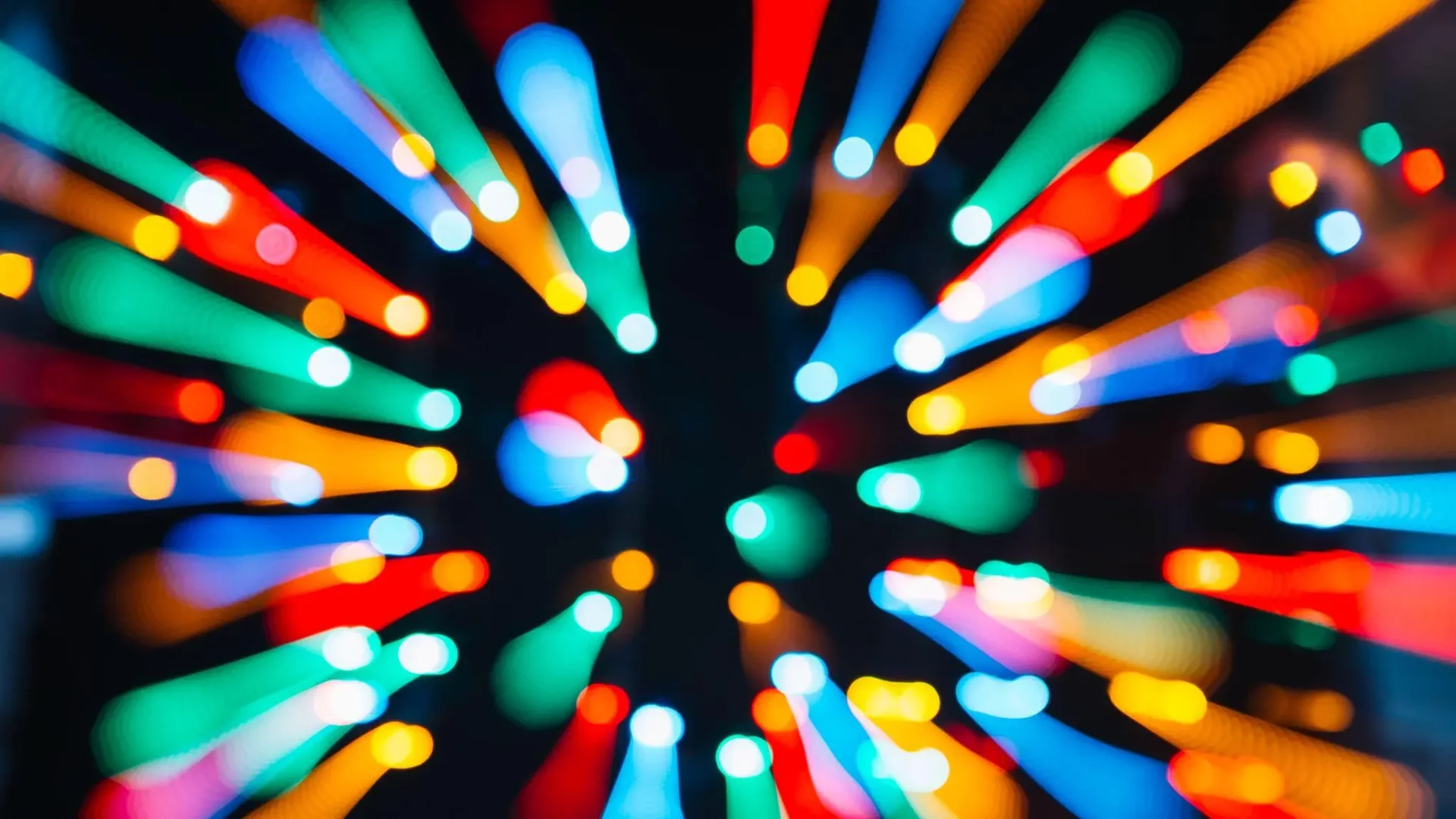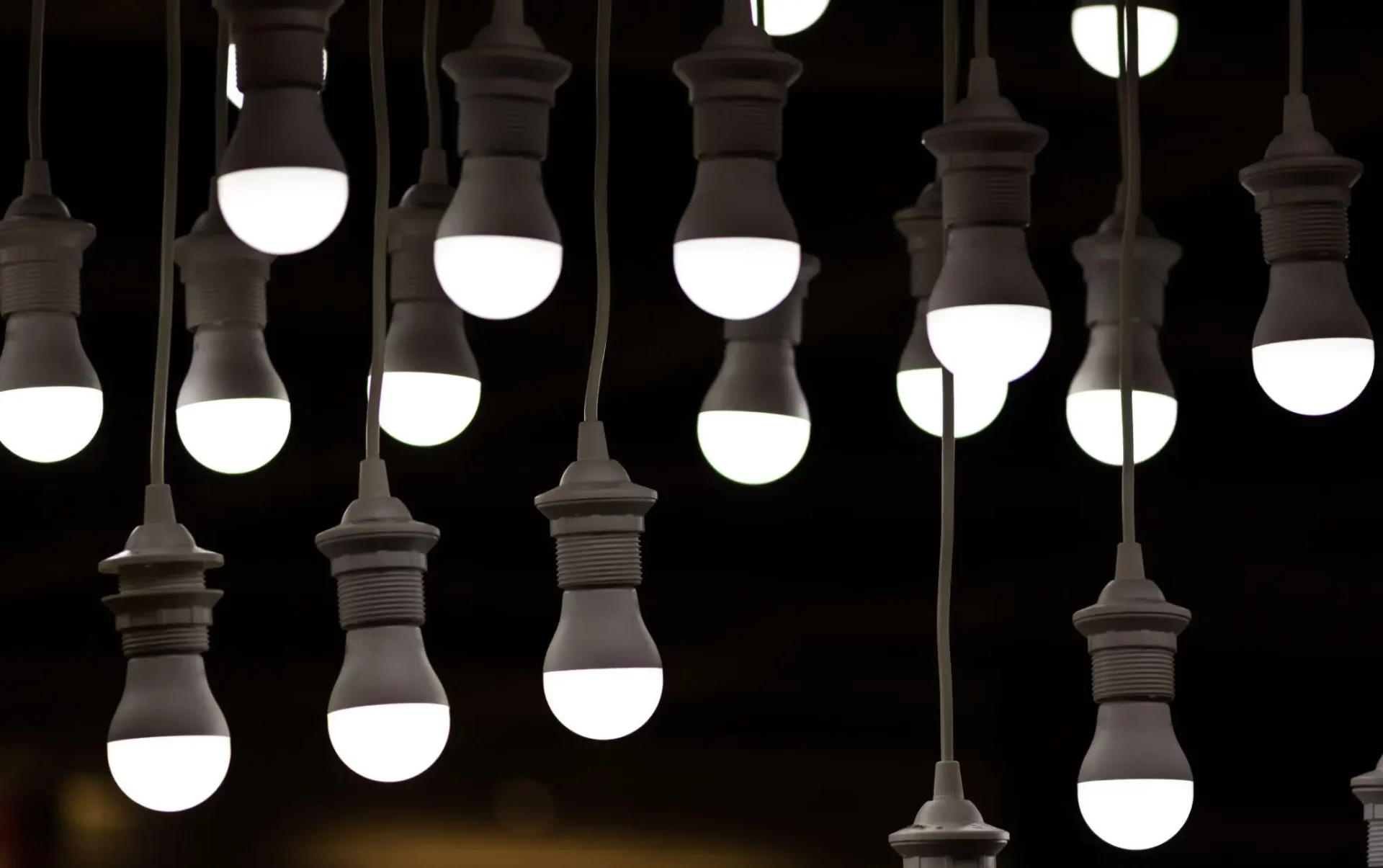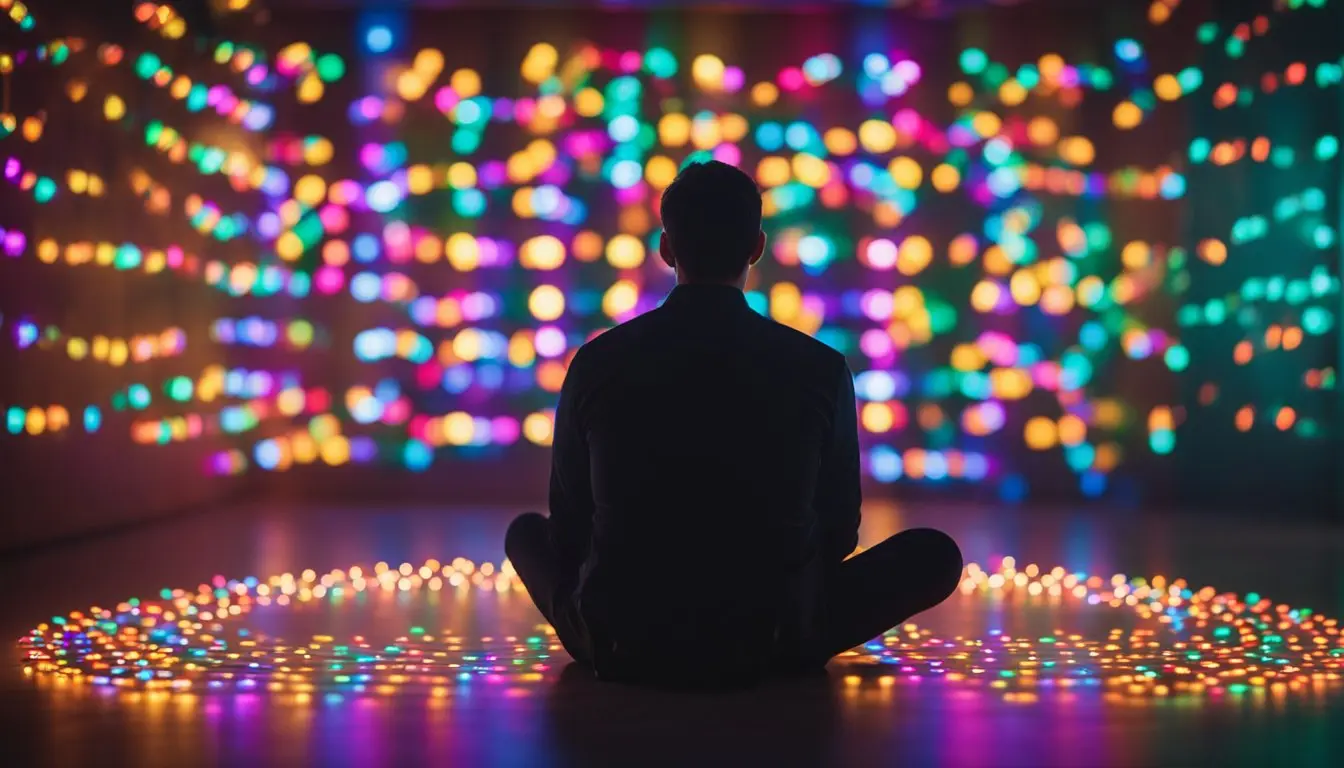Headaches can significantly impact one’s life, and finding effective ways to manage them is crucial for many people. One aspect that is increasingly gaining attention is the role of light, specifically LED lights, in alleviating headache symptoms. This article delves into the topic of LED light color that helps with headaches.
LED lights have been acknowledged for their potential in light therapy, benefiting various health conditions, including headaches and migraines. Research has shown that specific LED light colors can influence the severity and frequency of headaches. Among these colors, green LED light is the most beneficial for treating headache pain
The effectiveness of green LED lights in reducing headaches can be attributed to their ability to decrease inflammation and relax the muscles in the head and neck area. LED bulbs designed for migraines can create a soothing atmosphere, contributing to a migraine-friendly light environment. With this promising connection between green LED light and headache relief, further exploration and discussion are essential.

Headaches can be classified into different types, such as tension headaches, cluster headaches, and migraine headaches. Among these, migraine headaches are particularly associated with sensitivity to light, also known as photophobia. People experiencing migraines often report increased discomfort and pain when exposed to bright lights, especially from sources such as LED lights. Other types of headaches may also be accompanied by photophobia, albeit to a lesser extent.
The retina, a light-sensitive tissue at the back of the eye, plays a crucial role in how we perceive and are affected by light. Signals from the retina are transmitted to the brain, triggering various responses, including the sensation of pain in some cases. Studies have shown that specific light frequencies and colors can aggravate headaches, particularly migraine and those associated with photophobia.
Being energy-efficient and widely used, LED lights often emit different color frequencies that may affect people with light sensitivity differently. According to the available research, red LED lights are typically used for inflammation and pain relief, while blue LED lights may help relieve stress, a common headache trigger. However, blue light remains a central component of LEDs and has been found to worsen migraine attacks and sensitivity to light in some cases.
Green LED lights have been reported to be the most effective in reducing migraine symptoms and relieving headaches. The green light frequency seems to be the only color that does not cause or worsen headaches and may even help reduce migraine and headache symptoms.
In conclusion, understanding the relationship between headaches, light sensitivity, and the role of retina and light frequency can provide valuable insights into finding effective relief from headaches. Green LED lights, in particular, offer the most benefits for headache sufferers and may be considered a possible solution to alleviate light-triggered pain.

LED light therapy is a non-invasive treatment that utilizes specific wavelengths of light to target various conditions and promote healing. Depending on the color of the light, the therapy can address different issues, such as inflammation, stress, and pain relief. In headache management, green LED light has been found to significantly help ease symptoms.
Migraine sufferers often experience light sensitivity or photophobia, which can make their condition worse. Green light therapy has been identified as a way to alleviate migraine pain and sensitivity by exposing patients to a narrow band of green light.
According to a study conducted by Harvard Medical School researchers, exposing migraine patients to green light significantly reduced photophobia and headache severity. Additionally, another study indicated that almost 80% of migraineurs experienced increased headache intensity when exposed to other colored lights, while green light lowered it by approximately 20%.
To apply green light therapy for headache relief, special LED “migraine lamps” are used. These lamps emit a specific band of green light that activates regions of the brain involved in pain processing less than other colors. The therapy can be utilized at home either to lessen migraine symptoms during an attack or as a preventative measure.
In summary, green LED light therapy offers a promising approach to managing headache pain, particularly for those suffering from migraines. Its potential to reduce sensitivity to light and overall headache severity is a valuable addition to current treatment options.
LED lights emit different wavelengths, which can affect our bodies and minds. In this section, we will explore how different LED light colors impact headaches, focusing on green light and its efficacy compared to red, blue, and white light.
Greenlight, around 525 nanometers, has been the focus of recent studies from institutions like Harvard and the University of Arizona due to its potential for relieving headaches and migraines. Research has found that green light exposure can reduce and even prevent the perception of pain, helping to alleviate headache symptoms. LED light bulbs that emit green light can create a soothing atmosphere that may help reduce headaches.
In a 2018 study, green light resulted in fewer migraines than other light colors. While white, blue, amber, and red lights exacerbated headaches in 80% of the participants, green light only caused issues in 40%. Additionally, green light triggered headaches for only 3% of participants, compared to 18% with other light colors.

In contrast to the positive effects of green light, other colors such as red, blue, and white light have been found to potentially worsen headaches. As mentioned earlier, these colors caused migraines to intensify for up to 80% of participants in the 2018 study. This is likely due to the wavelengths and intensity of red, blue, and white light, which can create harsher and potentially discomforting environments for individuals suffering from headaches or migraines.
Summary of Light Colors and Headache Impact:
| Color | Wavelength (nm) | Headache Exacerbation Rate | Headache Trigger Rate |
| Green | 525 | 40% | 3% |
| Red | 620 – 750 | 80% | 18% |
| Blue | 450 – 495 | 80% | 18% |
It is essential to consider the different effects of light colors and their wavelengths when finding the optimal environment for headache relief. Based on research, green light is the preferred choice for individuals seeking relief from headaches and migraines, while red, blue, and white light may exacerbate symptoms.
Incorporating LED light therapy into treatment plans may relieve those suffering from migraines. Green LED light, in particular, has been found to offer potential soothing effects for migraine sufferers. A small-scale study involving 29 participants showcased improved migraines when exposed to green light during episodes (source 1). Researchers hypothesize that reducing inflammation and relaxation of head and neck muscles could be the reason behind the green light’s effectiveness in headache pain alleviation (source 2).
To make the best use of green LED light therapy for migraine management, the following steps can be considered:

While green LED light therapy can provide relief during migraine episodes, adopting preventative care measures is essential in minimizing future occurrences. Some suggested adjustments include:
Additionally, replacing traditional light bulbs in your living space with LED bulbs that emit soft, warm light may help minimize the risk of triggering migraines, though some fixtures may need to be replaced to accommodate these bulbs (source 4). By combining preventative care, lifestyle changes, and LED light therapy, a comprehensive approach can be pursued to manage and mitigate chronic migraine symptoms.
Though LED light therapy, specifically green LED lights, may benefit those experiencing headaches and migraines, it is essential to consider its potential side effects. Prolonged exposure to LED lights may cause eye strain and fatigue due to the intensity and flicker rate of the light emitted. This could potentially lead to worsening headaches for some individuals.
Moreover, exposure to specific LED colors, such as blue light, may disrupt sleep patterns since it suppresses the release of melatonin, the hormone that regulates the sleep-wake cycle. Ensuring that bedrooms have limited LED light exposure, mainly blue light, is crucial for maintaining healthy sleep habits.
To mitigate the risk of potential side effects, users can:
For individuals experiencing chronic headaches or migraines, it’s essential to combine LED light therapy with a comprehensive treatment plan that may include medications. As with any medicine, it’s essential to consult a healthcare professional to discuss potential interactions between drug and light therapy and to develop an appropriate treatment plan.
Factors to consider when combining medication and LED light therapy include:
By addressing these potential side effects and considerations, individuals can better utilize LED light therapy as a helpful tool to manage and reduce their headache symptoms while minimizing any unwanted consequences.

Green light is effective in alleviating headache symptoms. Studies from Harvard and the University of Arizona show that exposure to green light can reduce and even prevent pain perception in individuals with migraines, headaches, and other chronic pain conditions.
Green light therapy works by reducing the perception of pain in the brain. It is believed that green light helps to promote calming effects by affecting the production of certain brain chemicals, such as serotonin and melatonin. Implementing green light therapy in your daily routine, such as in your workspace or bedroom, can potentially help relieve headaches and migraines.
While green light therapy is more commonly associated with migraine relief, some individuals may find red light therapy to be beneficial as well. The effectiveness of red light therapy for migraines is subjective and can vary from person to person, so it’s essential to pay attention to your body’s response and adjust accordingly.
Yes, specific wavelengths of green light are more effective at providing relief for migraine sufferers. While the exact wavelength may vary depending on the individual, it is usually within the range of 500-570 nanometers.
Specialized lamps designed for migraine relief can be found online or in specialty stores focusing on health and wellness products. These lamps are specifically designed to emit the most effective green light wavelengths and can be used in various settings, such as your workspace or bedroom.
LED lights can sometimes worsen headache or migraine symptoms, mainly if the lights emit a high amount of blue light. Blue light can cause eye strain and disrupt sleep patterns, leading to an increased likelihood of headaches. To mitigate this issue, consider using LED lights with a warmer color temperature or invest in specialized lamps designed for migraine relief.